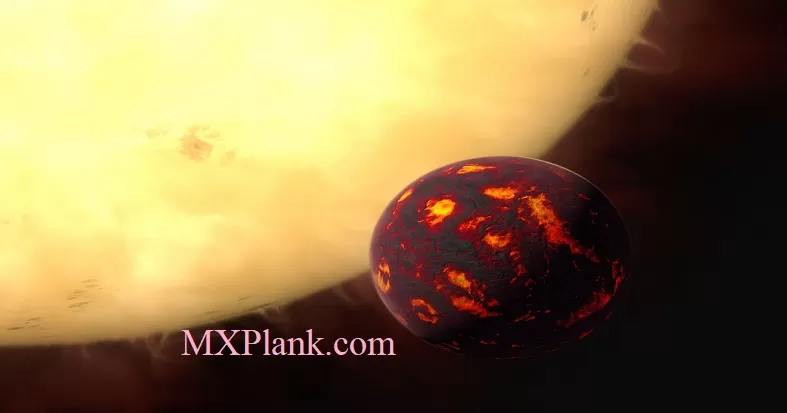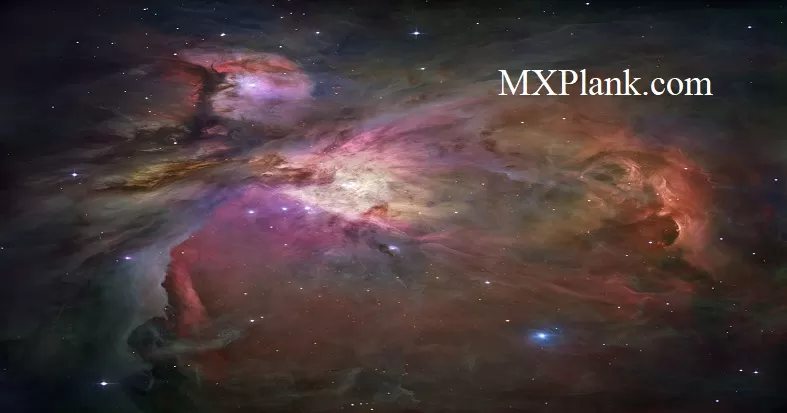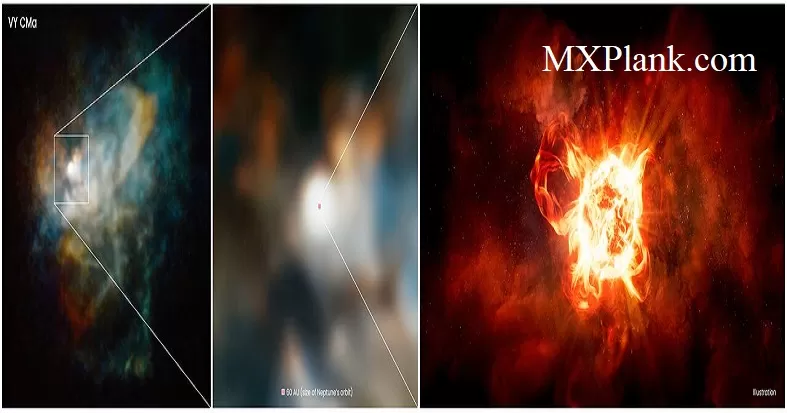Westerlund 2

Image credit: ESA
This NASA/ESA Hubble Space Telescope image of the cluster Westerlund 2 and its surroundings has been released to celebrate Hubble's 25th year in orbit and a quarter of a century of new discoveries, stunning images and outstanding science.
The image's central region, containing the star cluster, blends visible-light data taken by the Advanced Camera for Surveys and near-infrared exposures taken by the Wide Field Camera 3. The surrounding region is composed of visible-light observations taken by the Advanced Camera for Surveys.
Westerlund 2 is an obscured compact young star cluster (perhaps even a super star cluster) in the Milky Way, with an estimated age of about one or two million years. It contains some of the hottest, brightest, and most massive stars known. The cluster resides inside a stellar breeding ground known as Gum 29, located 20,000 light-years away in the constellation Carina. It is half a degree from the naked eye Cepheid variable V399 Carinae.
The cluster contains at least a dozen early O stars, of which at least three are eclipsing binaries. All are hotter than 38,000 K and more luminous than 230,000 L?.[4] There are around 20 further O class stars in the cluster, all main sequence objects implying a very young age for the cluster.
Several Wolf-Rayet stars are found in the vicinity of Westerlund 2, although not in the central core. WR 20a, a binary consisting of two WR stars, and the single stars WR 20aa, WR 20b, and WR 20c are all thought to be members of the cluster, although possibly now runaway members. All five Wolf Rayets are extremely young massive objects with OIf*/WN spectral types, amongst the most luminous stars in the galaxy. This composite spectral type indicates young very massive hydrogen-burning stars that are just starting to convect nitrogen and helium to the surface and develop denser stellar winds so that they show the emission lines of a Wolf-Rayet star. WR21a, itself a massive binary, lies in the same direction but is unlikely to be a member of Westerlund 2.
Westerlund 2 also contains a large number of pre-main sequence stars with masses below 2.5 Solar masses. These stars constrain the age of the cluster to near 2 Myr.
Credit:
NASA, ESA, the Hubble Heritage Team (STScI/AURA), A. Nota (ESA/STScI), and the Westerlund 2 Science Team
The original observations of Westerlund 2 were obtained by the science team: Antonella Nota (ESA/STScI), Elena Sabbi (STScI), Eva Grebel and Peter Zeidler (Astronomisches Rechen-Institut Heidelberg), Monica Tosi (INAF, Osservatorio Astronomico di Bologna), Alceste Bonanos (National Observatory of Athens, Astronomical Institute), Carol Christian (STScI/AURA) and Selma de Mink (University of Amsterdam).
Follow-up observations were made by the Hubble Heritage team: Zoltan Levay (STScI), Max Mutchler, Jennifer Mack, Lisa Frattare, Shelly Meyett, Mario Livio, Carol Christian (STScI/AURA), and Keith Noll (NASA/GSFC).






